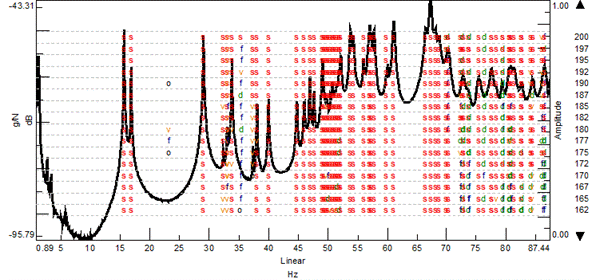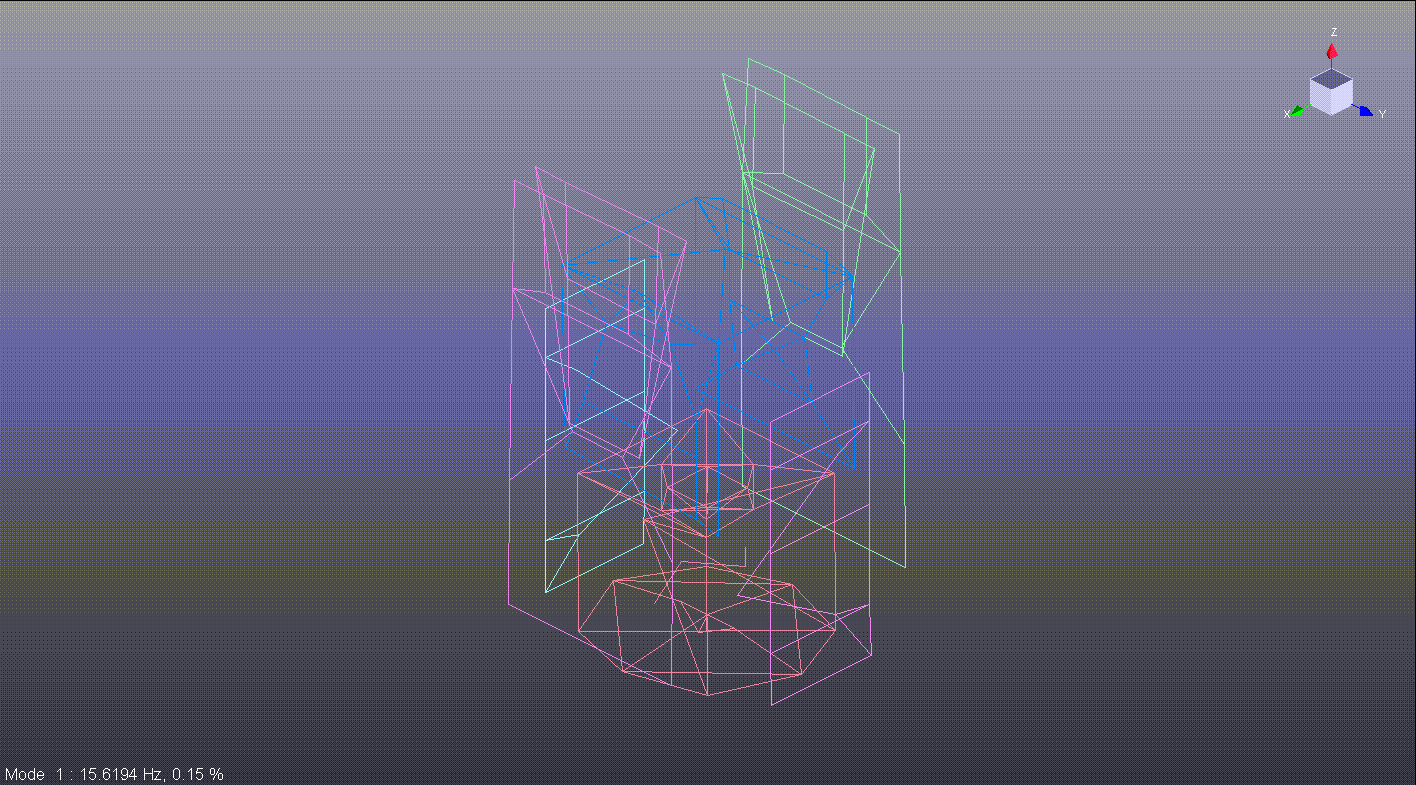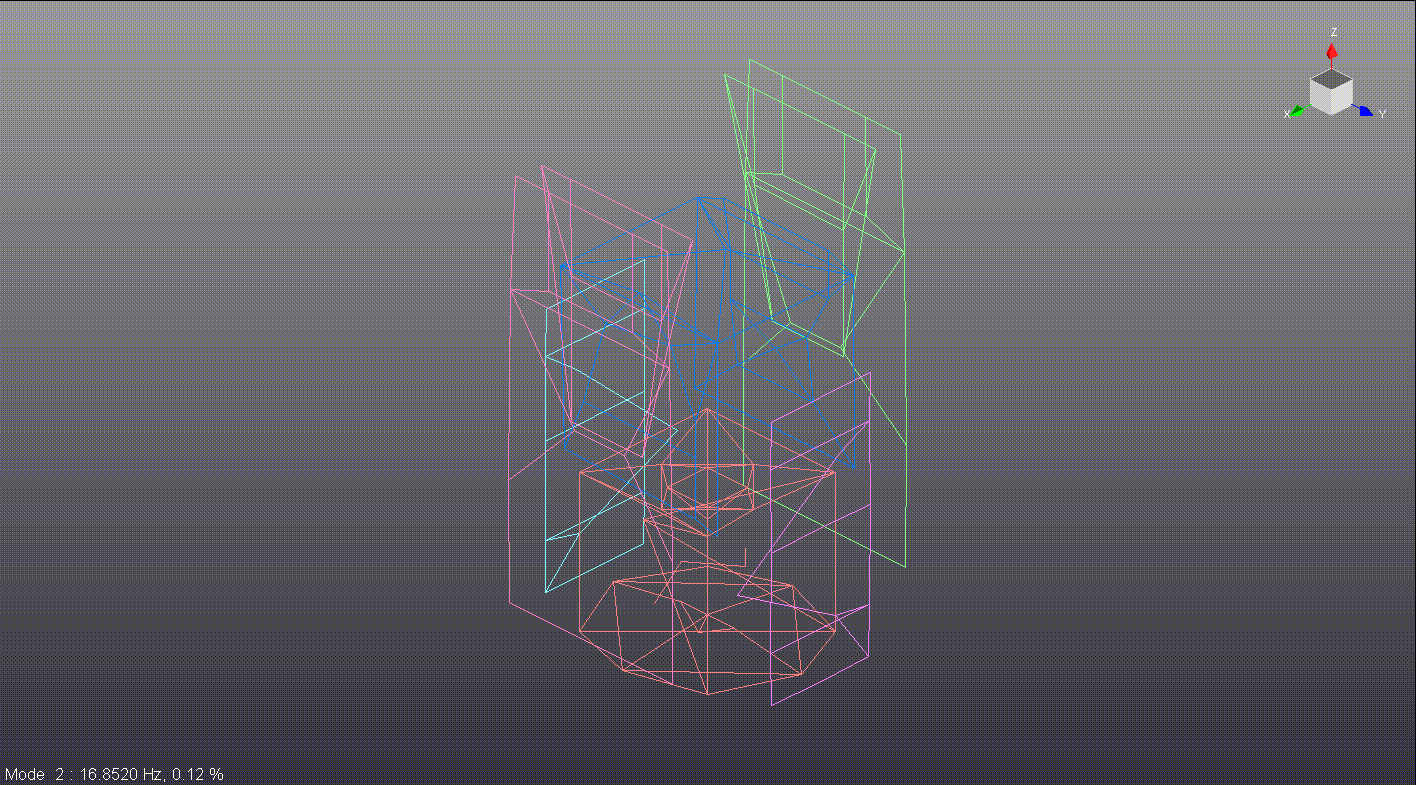Polymax Estimator
At the turn of the millennium, a new z-domain modal parameter estimation method came out of the milieus at the Vrije Universiteit Brussel (VUB)/AVRG in collaboration with Siemens PLM software (formerly called LMS international). This modal estimation method is called the poly-reference Least Squares Complex Frequency-domain (pLSCF) estimator or as it is commercially known the Polymax estimator. The motivation was to construct a method that would be easier to use and lead more directly to a complete and valid modal model from a set of frequency response functions (FRFs) measurements from one or more exciter locations. The Polymax estimator has proven to be much more robust than classical modal parameter estimators are. The stabilization diagrams Polymax generates really speak for themselves, as they permit the identification of a higher number of modes, each with a highly accurate estimation for frequency, damping-in the moderate noise levels- and mode shape. This innovation in modal parameter estimation also represents a key enabler in the updating and validation of virtual simulation models. The insight provided by the test-based model through Polymax delivers a faster and much more accurate simulation stage earlier in the design cycle.




